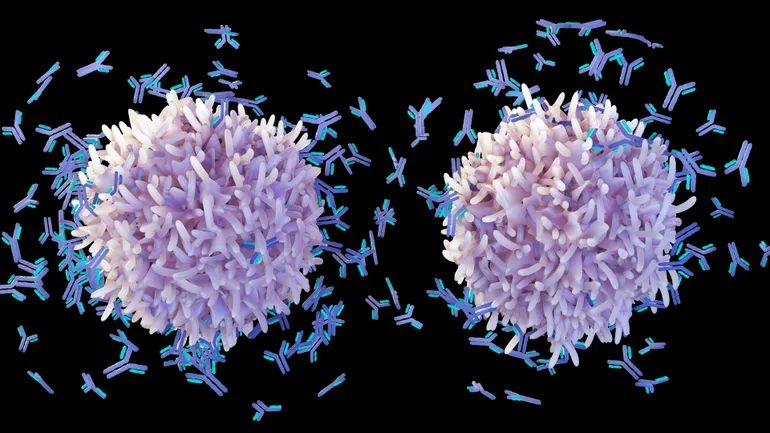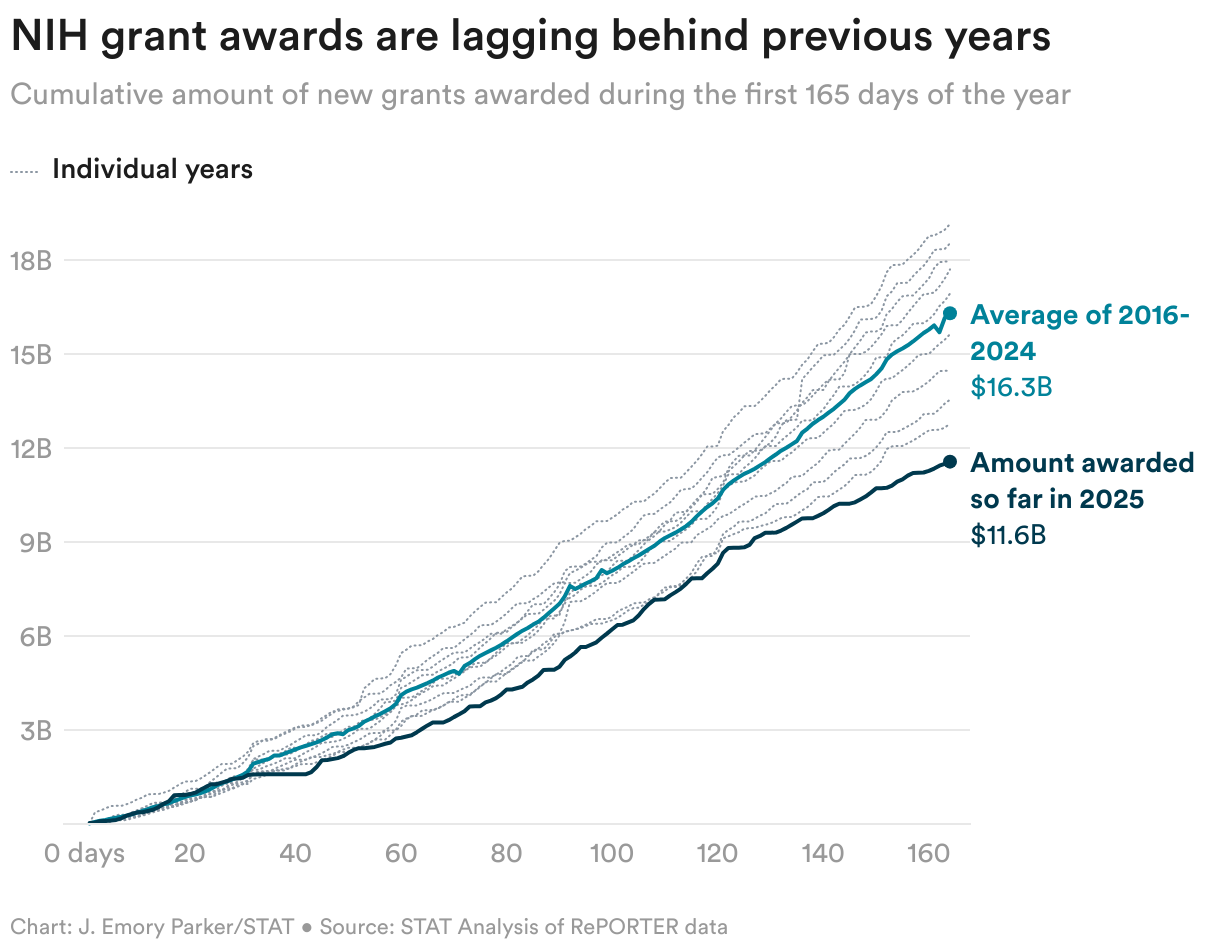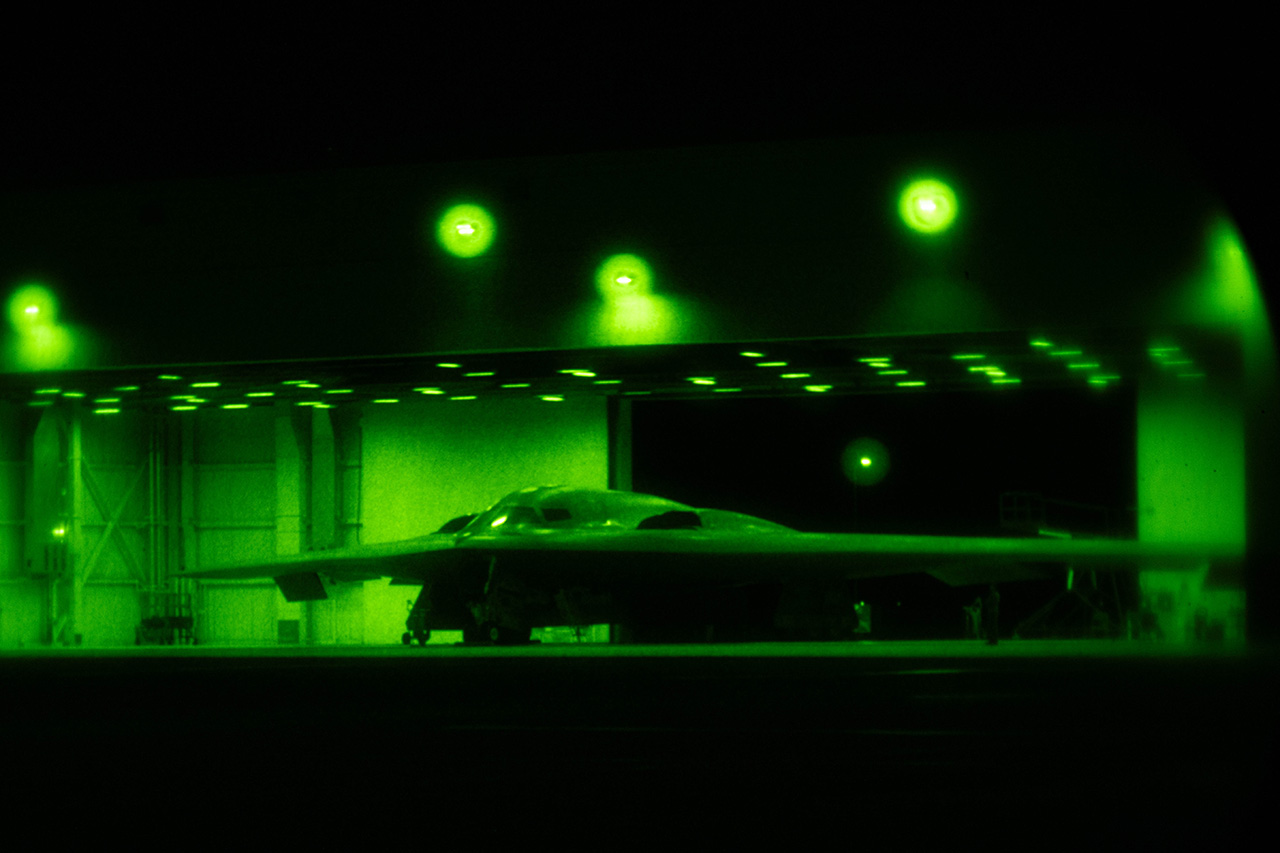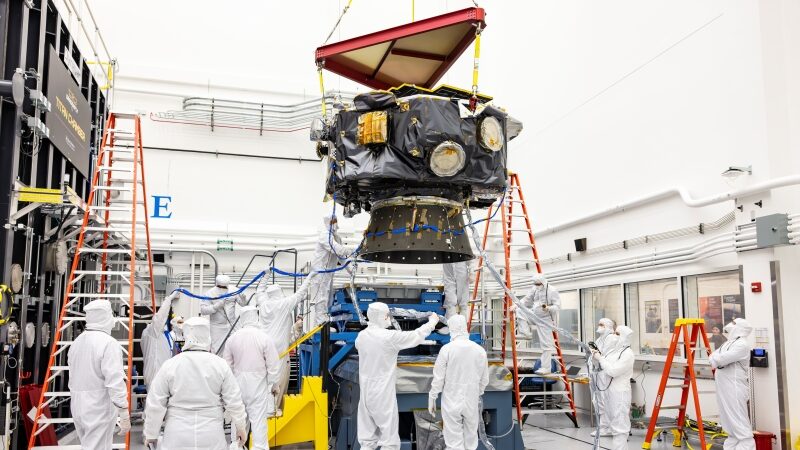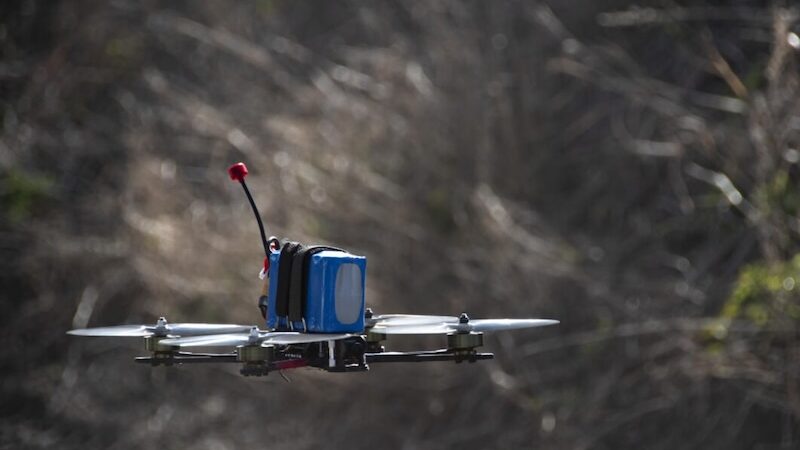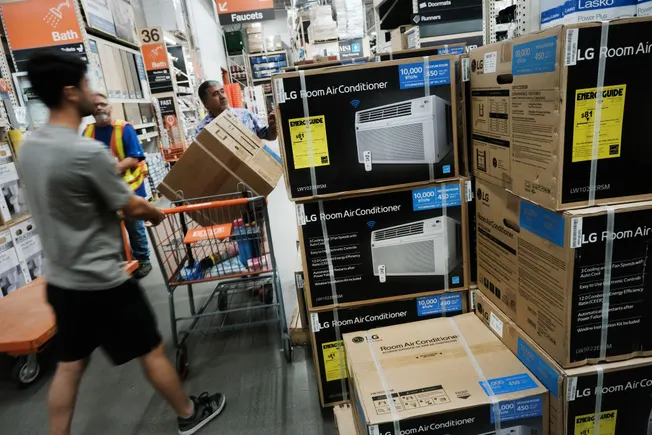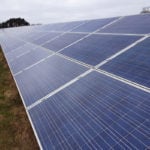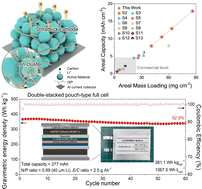Seawater‐Adaptable Electrochemical Energy Conversion and Storage for Future Smart Ocean
Advanced Energy Materials, EarlyView.

The goal of a smart ocean calls for advanced energy conversion and storage devices for spatial marine observation networks. Seawater is a promising electrolyte but stabilizing the electrode/seawater interface remains challenging. This perspective discusses strategies to enhance seawater adaptability, focusing on redox conversion and ion migration, and highlights the potential of coupling these mechanisms for robust, sustainable marine energy systems.
Abstract
Establishing a spatial marine energy network constitutes a pivotal pathway for realizing the smart ocean. Seawater has intrinsic advantages for use as an electrolyte in electrochemical energy conversion and storage systems due to its high conductivity. However, the complicated chemical nature of seawater imposes significant challenges in stabilizing the electrode/seawater interface. This perspective discusses recent strategies to enhance the seawater adaptability of electrode materials, with a focus on two reaction mechanisms: redox conversion and ion migration. For redox conversion, impurities like Cl−, Ca2+, Mg2+, and dissolved oxygen usually show a negative influence on the electrodes by causing shielding or poisoning. While for ion migration reactions, seawater as a high-entropy electrolyte can supply sufficient charge carriers for ion storage, and the match between various ions and the electrode materials is critical for the high stability, capacity, and reversibility of the devices. State-of-the-art advances in how to achieve seawater-adaptability of the materials are comprehensively reviewed, and furthermore, the synergetic potential of coupling redox conversion and ion migration to construct new-concept energy devices is underscored. The integration of these strategies into practical applications, addressing real-world marine conditions, is proposed to pave the way toward robust, efficient, and sustainable marine energy systems.






























































